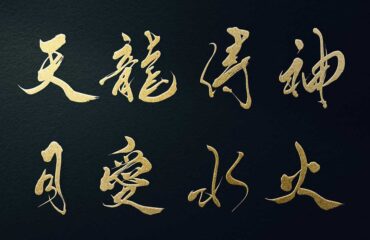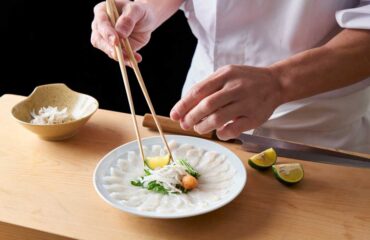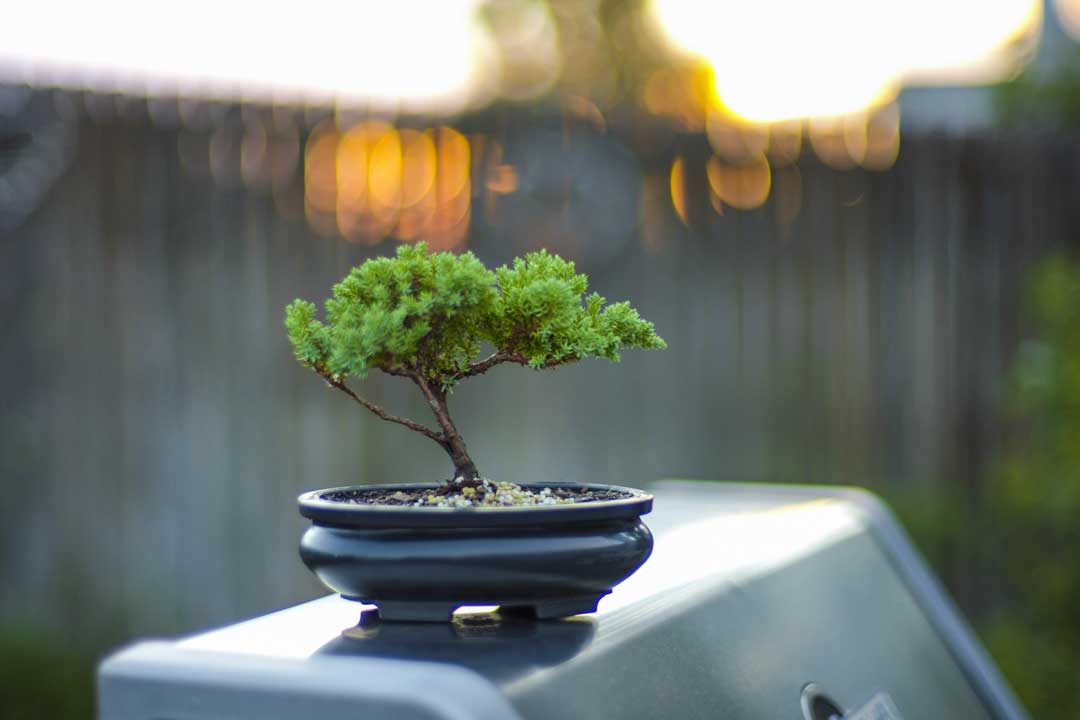
Bonsai is not only a unique form of horticulture but also an art form that has its roots in Asian culture.
These miniature trees that encapsulate the essence of nature have fascinated people for centuries.
In this beginner’s guide, we’ll introduce the different types of bonsai, their care, and how to get started with your own bonsai journey.
Whether you’re completely new to bonsai or have just started exploring this fascinating art, this guide will provide valuable insights.
Understanding the Different Types of Bonsai
Bonsai come in a variety of shapes and sizes.
They can be classified into four main categories.
Pine and Cypress (Shouhaku)
This type of bonsai is considered classic.
A key characteristic of these trees is that they keep their leaves all year round.
Black Pine (Kuromatsu) is a popular example known for its strong and sturdy trunk, making it a comparatively easy bonsai to grow.

Leafy Trees (Hamono)
This category includes deciduous trees.
Unlike Pine and Cypress, these bonsai change their appearance with the seasons.
The Keyaki, for instance, offers beautiful autumn foliage.
It requires careful watering and placement to bring out its vivid fall colors.
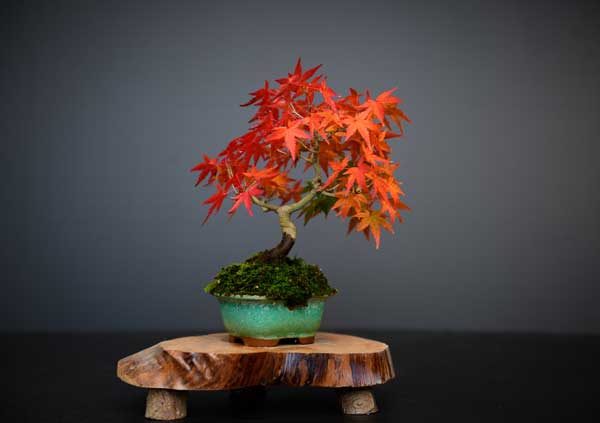
Fruiting Trees (Mimono)
These bonsai bear fruit from autumn to winter.
They require careful nurturing from spring through summer, and the joy of seeing the fruits of your labor (quite literally!) as the year ends is a unique experience.
These bonsai, with their vibrant and cute fruits, are particularly popular among women.
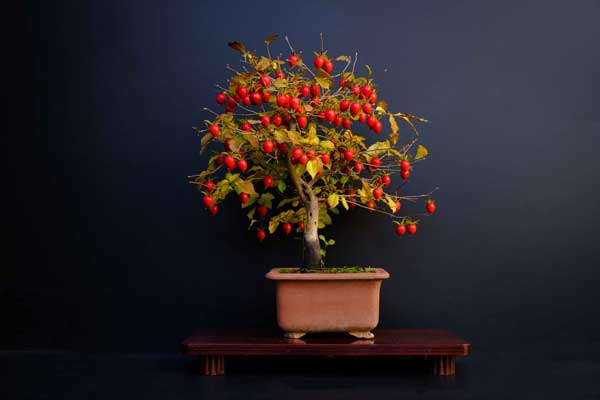
Flowering Trees (Hanamono)
Bonsai from this category flower at specific times throughout the year, offering seasonal beauty.
The Satsuki Azalea is a renowned example that blossoms in late spring, its myriad of colors making it a delightful addition to any bonsai collection.
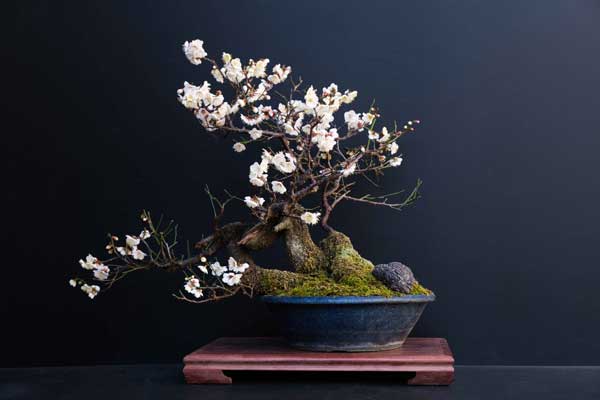
A Beginner’s Guide to Appreciating Bonsai
There’s more to bonsai than meets the eye, and understanding the key points of appreciation will make your bonsai experience even more enjoyable.
Root Spread (根張り)
One of the first things to observe in a bonsai is the root spread.
A strong, evenly distributed root system that appears to firmly grasp the soil indicates a healthy and well-cared-for bonsai.
This feature, known as 八方根張り or “eight-direction root spread”, is a sign of a truly excellent bonsai specimen.
Trunk (立ち上がり)
The section of the trunk from the root base up to the first branch, known as the 立ち上がり or “rise”, is another crucial element to consider.
A rise with minimal narrowing and a robust thickness is often preferred.
For bonsai pines, the layers of bark accumulated over many years add to the charm of the tree.
Branch Structure (枝打ち)
The arrangement of the bonsai’s larger branches is another key point of appreciation.
A well-balanced layout of branches is a sign of a well-maintained and artistically designed bonsai.
The aesthetic of asymmetry when viewed from the front can also add to the beauty of the tree.
Foliage (葉)
Lastly, the leaves of the bonsai bring an element of constant change and variety to the bonsai experience.
Appreciating the different shades of green throughout the seasons and the unique leaf shapes of different species can bring a new level of enjoyment to your bonsai viewing.
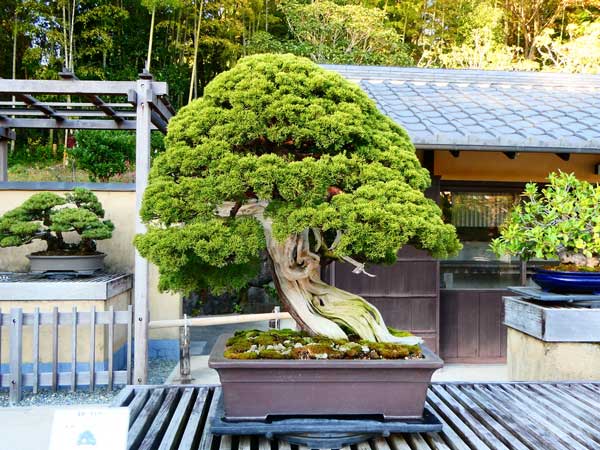
Choosing the Right Bonsai for You
The variety of bonsai types is incredibly diverse, with each type able to be chosen to fit individual lifestyles and preferences.
From tropical plants that can be grown indoors to temperate climate plants that can withstand harsh weather conditions, the selection of bonsai is truly vast.
This includes bonsai that bear fruit or bloom flowers, which provide additional features for you to enjoy while admiring your bonsai.
Furthermore, certain bonsai require maintenance.
Some bonsai may necessitate an investment of time and energy in pruning and shaping.
However, there are types of bonsai that are ideal for beginners and require relatively less maintenance.
In order to maximize the beauty and allure of bonsai, it is crucial to select a bonsai that best suits your individual environment and care capabilities.
In doing so, it will undoubtedly highlight the charm of bonsai to its fullest, bringing beauty and serenity to your everyday life.
The choice is up to you.
That is why we hope that your bonsai selection will be a rich experience and that you will find a beautiful bonsai that suits your lifestyle.
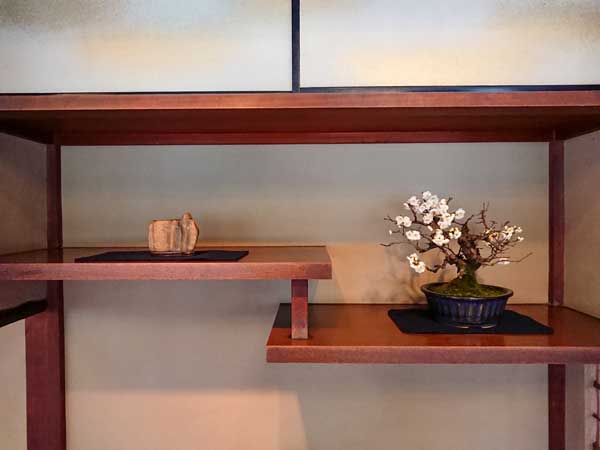
Caring for Your Bonsai
Caring for a bonsai involves understanding and catering to its needs regarding watering, sunlight, temperature, and pruning.
Watering
A bonsai’s watering needs can vary based on the season, type of tree, and its size.
The key is to keep the soil slightly damp but never waterlogged.
Sunlight
While bonsai need sunlight for photosynthesis, too much direct sunlight can scorch the leaves or dry out the soil.
Finding the right balance is essential.
Temperature
While many bonsai are resilient to the cold, some varieties are susceptible to freezing temperatures. These should be brought indoors during the winter.
Conversely, many Japanese bonsai are tropical and thrive in hot, humid conditions, so avoid places with direct air conditioning during the summer.
Pruning and Pinching
These are important techniques to shape your bonsai and stimulate the growth of new branches.
Proper pruning and pinching greatly influence the health and growth of your bonsai.
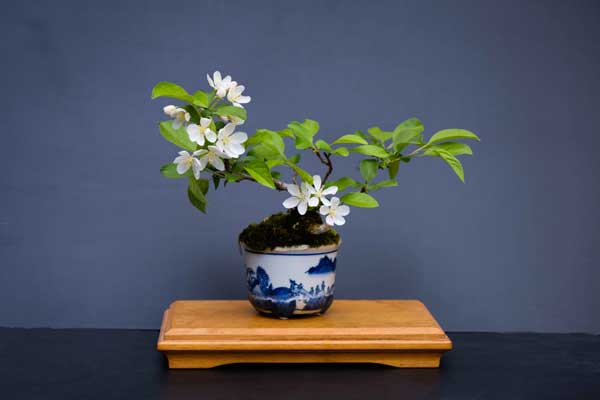
How to Create Your Own Bonsai – A Beginner’s Guide
In this guide, we’re going to introduce the authentic way of setting up your own bonsai from scratch.
It’s simple and fun, and before you know it, you’ll be well on your journey as a bonsai artist.
Choosing the Perfect Pot for Your Bonsai
Once you’ve found your desired plant from a florist or garden center, the first step in your bonsai journey is choosing the right pot.
For beginners who aren’t familiar with bonsai, we recommend a pot that isn’t too shallow or too small and can retain some water.
Also, prepare a tray to place under the pot to catch excess water after watering.
There’s a myriad of stylish pots and trays available, but remember that your bonsai is the star of the show.
If your choice of bonsai is a “Pine or Cypress” type, it won’t change color throughout the year.
But if you choose “Fruiting” or “Flowering” trees, or “Leafy Trees” that change color according to the seasons, choose your pot while visualizing the colors that the tree will eventually take on.
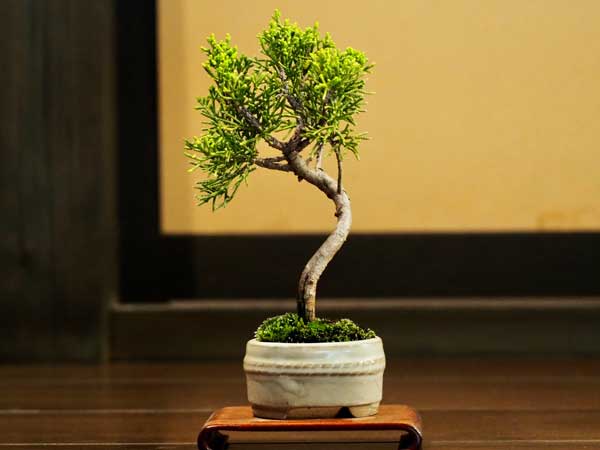
Eight Essential Bonsai Tools and Four Simple Steps
For setting up your bonsai, you will need these eight essential tools:
- Bonsai plant
- Pot
- Drainage net for the pot
- Bonsai soil
- Gravel
- Scissors
- Chopsticks
- Watering can
Let’s delve into the four steps of planting your bonsai.
Step 1: Prepare Your Pot
Bonsai pots have drainage holes that allow excess water to escape.
To prevent soil from falling out of these holes, cover them with a drainage net.
If you’re worried about the net shifting, you can secure it in place with a piece of wire.
After this, fill the pot with gravel to improve drainage, and your pot is ready.
Step 2: Use Chopsticks to Remove Excess Soil from the Plant
If your plant has long branches or dead leaves, use your scissors to trim them before removing the plant from its nursery pot.
Then, use chopsticks to gently remove excess soil from the roots, being careful not to damage them.
Step 3: Place the Plant and Bonsai Soil in the Pot
Next, place your plant in the pot and gradually add your bonsai soil, making sure it reaches every corner of the pot.
Use the chopsticks to lightly poke the soil, allowing it to settle evenly around the plant.
Step 4: Water Your Bonsai
Finally, use your watering can to slowly water your bonsai.
Initially, add enough water until it starts to drain out from the bottom of the pot. At first, the water that comes out may be muddy due to the soil, but it will gradually clear up.
Once clear water starts draining, your bonsai planting process is complete!
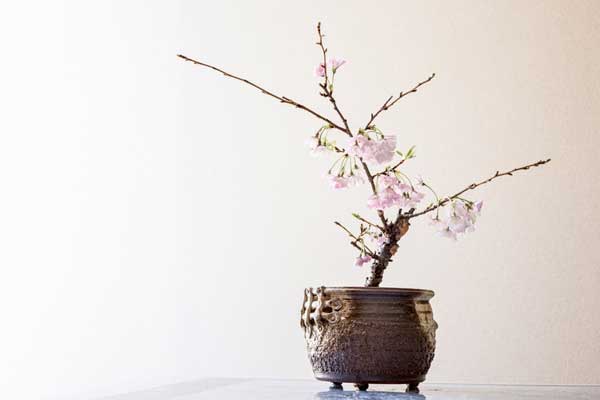
Conclution
Bonsai is a living art, and it takes time and observation to appreciate its beauty and depth.
However, the process itself is a pleasure, and the results provide a high level of satisfaction.
As a beginner, why not start your journey into the world of bonsai with this blog as your guide?
I hope that your own bonsai will become a special presence for you.
Other Introduction
Tradition of Japanese Tea Ceremony – Sado

